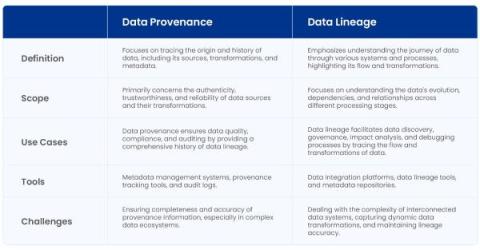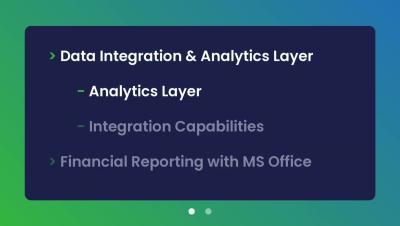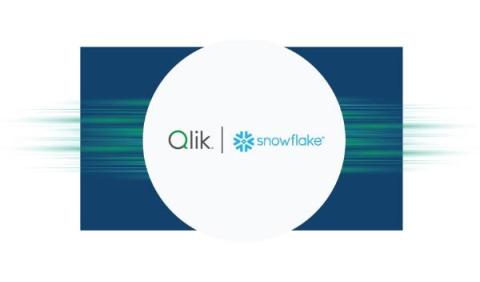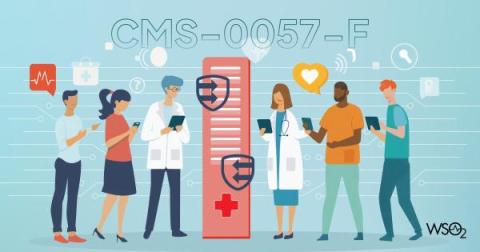Data Provenance vs. Data Lineage: Key Differences
Two related concepts often come up when data teams work on data governance: data provenance and data lineage. While they may seem similar at first glance, there are fundamental differences between the two concepts. Data provenance covers the origin and history of data, including its creation and modifications. On the other hand, data lineage tracks the data’s journey through various systems and processes, highlighting its flow and transformation across different data pipeline stages.











